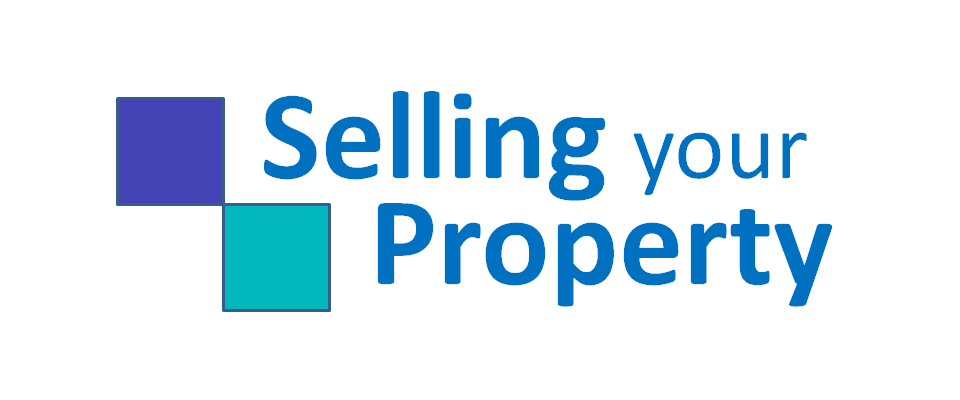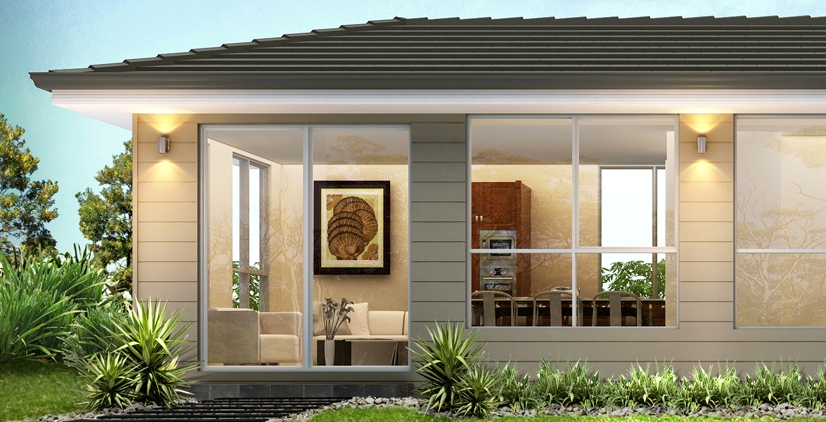CDC: Fast-tracking the granny flat building process
 Since 2009, when the NSW government liberalised the planning rules for residential developments, the number of approved granny flats soared 260 percent in the first five years, and increased a further 20 percent in the 12 months to 2015. In the regions of Lismore, Ballina and Byron Bay, the local councils there also introduced new initiatives to encourage dual occupancy developments, including granny flats.
Since 2009, when the NSW government liberalised the planning rules for residential developments, the number of approved granny flats soared 260 percent in the first five years, and increased a further 20 percent in the 12 months to 2015. In the regions of Lismore, Ballina and Byron Bay, the local councils there also introduced new initiatives to encourage dual occupancy developments, including granny flats.
Under the new rules, outlined in the Department of Planning and Environment’s State Environment Planning Policy (SEPP), homeowners can fast-track the granny flat approval process, by seeking a Complying Development Certificate (CDC), rather than lodging a Development Application (DA) with their local council.
Qualifying for CDC approval
With a CDC, properties that meet a certain criteria can have their granny flat approved in 10 days, rather than the usual 68-90 day waiting period common with DAs. To qualify for CDC approval, your property must first meet the following criteria:
- Land size must be 450m² or greater
- Must be a minimum of 12m street frontage.
If your property meets those mandatory requirements, then you qualify for CDC approval. However, you must still ensure the granny flat itself meets the requirements for CDC approval.
This means you must choose between one of the three types of granny flats that meet CDC requirements:
- Conversion: As the name suggests, this involves making internal changes to an existing structure, such as new entrances to create a self-contained dwelling.
- Extension: This involves extending the existing structure to create spaces that will form a self-contained dwelling.
- Detached Granny Flat: Building a new structure, of no more than 60m² floor area, which also complies with the Building Code of Australia.
Avoid hidden costs
Before you commit to building a granny flat on your property, you should also ensure that collect all the necessary planning documents, to ensure you won’t be liable for any hidden costs. Make sure you get hold of:
- 149 (s) Certificate: Is you property zoned residential (R1, R2, R3, R4) or a land use zone that is equivalent to any of those zones? You should also check the property is not subdivided, on heritage or environmentally sensitive land, and that there isn’t already a granny flat on the property.
- Sewer diagram: Will you require a sewer encasement to meet the Sydney Water criteria or can you avoid that cost?
- Title search: Are there any easements or permanent restrictions on your property, preventing you from building?
If no restrictions apply and you select a compliant granny flat to build on your property, the plans should be approved within 10 days, under the NSW government’s fast-tracked CDC approval process for granny flats.
![]() Are you looking to invest in a granny flat or see how viable it is, continue reading our blog or register for our free Granny Flat Investment Spreadsheet and Workbook
Are you looking to invest in a granny flat or see how viable it is, continue reading our blog or register for our free Granny Flat Investment Spreadsheet and Workbook
As seen in..
Our educational blogs are designed to help you understand each of the steps involved in selling your property so whether you choose to work with a real estate agent or do it yourself you'll understand the work involved and be more efficient and aware of what you need to do. Our articles have been seen in these major online news and information portals..

Get genuine and objective information about what's important when selling your property - whether through an agent or by yourself.
Built by 123ezy


